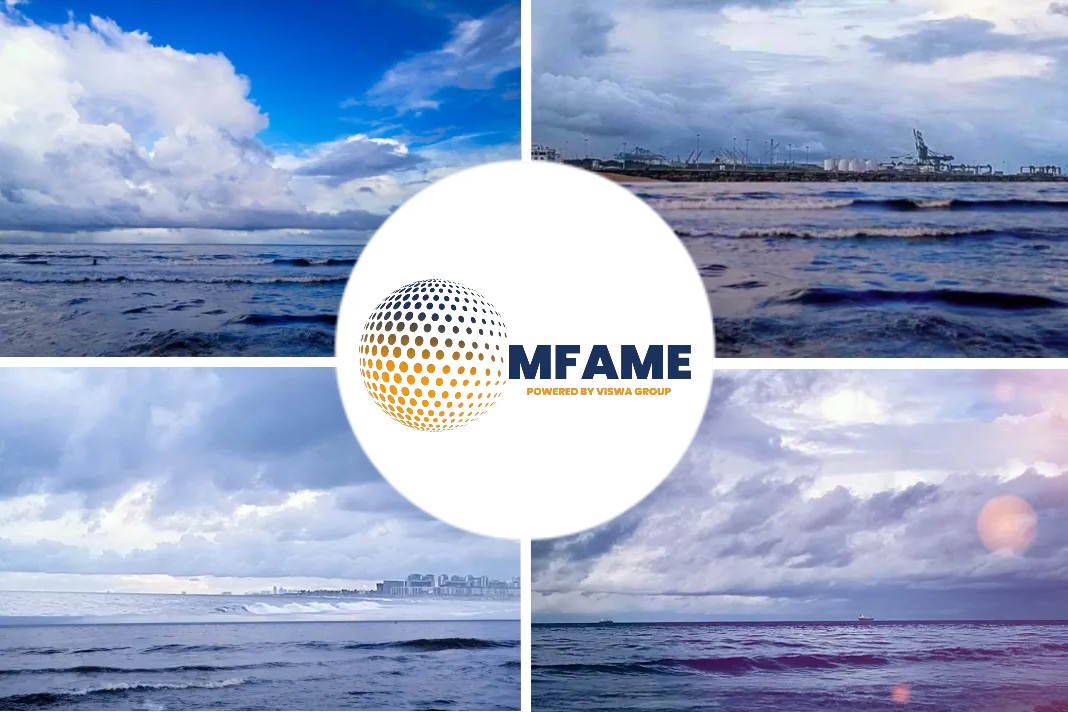- Transportation of chemicals by tankers is usually accompanied by considerable documentation.
- Cargo is bought and sold in various units of measurement.
- Careful assessment to be done for applicable load lines during cargo calculations.
Transportation of chemicals by tankers is usually accompanied by considerable documentation, says an article published on chemical tanker guide website.
Calculation & Documentation
Documentation can be even greater when trading to and from less developed countries. The vessel’s management is presented with a great deal of documentation from parties to the cargo, authorities, etc. Furthermore vessel’s management must also issues papers serving to record evidence, claims etc.
Cargo is bought and sold in various units of measurement. These may be Barrels (Bbls) at 60F, Cubic metres (M3) @ 15C, Metric Tonnes in Vacuum, Metric Tonnes in Air and Long tons in Air.
Different methods of calculation for various substances can be applied, but they must be similar for loading and discharging.
The method must be agreed with the surveyor. The range of substance temperatures (port of loading and port of discharging) must also be taken in to consideration. Necessary data for the expected temperature of a substance should be requested from the surveyor at the loading port.
Calculation with Specific Gravity
The Specific Gravity (SG) given at the port of loading cannot be used directly with the observed volume of a cargo. It must first be corrected to density in air at the observed temperature, using a correction factor. The resulting density in air will be used to convert the volume of cargo to Metric Tonnes.
The following may be received in loading port:
S.G. at 25/20 = 0.8250
ASTM Tables
In 1980, the American Society for Testing and Materials (ASTM) together with the London Institute of Petroleum (IP) and the American Petroleum Institute (API), introduced the new API/ASTM-IP Petroleum Measurement Tables (further ASTM tables).
Presently the set of ASTM tables consists of 14 volumes however only a few tables are required for onboard cargo calculations. The following is the list of ASTM volumes (with description of required tables) each vessel should carry on board:
For tankers carrying Petroleum Products:
- Volume II (Tables 5B and 6B).
- Table 6B to be used for petroleum Products correction of volume to 60ºF against API Gravity at 60ºF. (American Measurement System).
- Volume VIII (Tables 53B and 54B)
- Table 54B to be used for Petroleum Products correction of volume to 15ºC against Density at 15ºC. (Metric Measurement System).
- Volume XI/XII (Tables 1-4, 8-14 and 21, 22, 26-31, 33, 34, 51, 52, 56-58).
- Tables for conversion between various Volume and Density Measures.
These sets of books together with ship’s Ullage Tables or Sounding tables provide everything required for calculating the quantities of oil cargoes on board the vessel
Density, Relative density and API
Density is by definition measured in vacuum at 15C
Density x volume (M³) gives metric tonnes in vacuum.
Density in vacuum subtracted by 0.0011 is known as density in air”.
For chemical cargoes the vessel to check with surveyors if density in air is supplied by cargo surveyors for the cargo to be loaded.
Relative Density 15/4 :
Relative density 15/4 is the density of oil at 15C/density of fresh water at 4C. Relative density 15/4 can be treated exactly the same way as density at 15C as it is almost the same. Use table 54A or B in volumes VII or VIII or convert to API using table 3 in volume XI/XII.
Relative Density 60/60 (SG): Relative density 60/60 is the density of cargo at 60F/density of fresh water at 60F. Convert this to density at 15C, or API using table 3 in volume XI/XII
Volume reduction to standard temperature
There are several standard temperatures in use throughout the industry. It is the Company policy that, except where tank calibrations are only in barrels, calculations of cargo quantity will be done using density at 15C and cubic metres as a volume measure. If the density is given at 20C, as in Brazil or Rumania, it should be converted to 15C in the following way.
Product density @ 20C = 0.8764
Table 53B, Volume VIII, page 209. Call 20C “observed temperature”. Corresponding density @ 15C is 0.8798.
Proceed with calculation using density @ 15C.
Reduce the volume to 15C with table 54B, or 60F with table 6B as appropriate.
Ullage Reports
On completion of loading and prior to commencement of discharge operations the Chief Officer together with the surveyor will check the ullage and the temperature of the relevant tanks. These two parameters are the basis for the cargo calculation and they are to be recorded in the “Ullage Report Form”.
With heated cargoes, great care must be taken to establish the correct average temperature in each tank. This can only be done with electronic probe thermometers.
Some cargoes however, will block the sensor of the thermometer. If this occurs, glass thermometers are to be used in preference to blocking up all the ship’s electronic thermometers.
If glass thermometers have been used, a note is to be made on the Ullage Report Form. Water dips can successfully be taken in almost any heated cargo, if the sounding rod is left on the bottom for a minute, and gently worked up and down.
Kolor Kut water finding paste should be used if possible, in preference to Vecom water finding paste as the Vecom paste tends to change colour in contact with suspended traces of waterin the cargo, and may cause great errors in the recorded free water quantity.
Good practice
Careful assessment to be done for applicable load lines during cargo calculations , it is also important that a structured message containing all the applicable deductibles sent to the charterers immediately on receipt of cargo query.
Did you subscribe to our daily newsletter?
It’s Free! Click here to Subscribe!
Source: chemical tanker guide






















